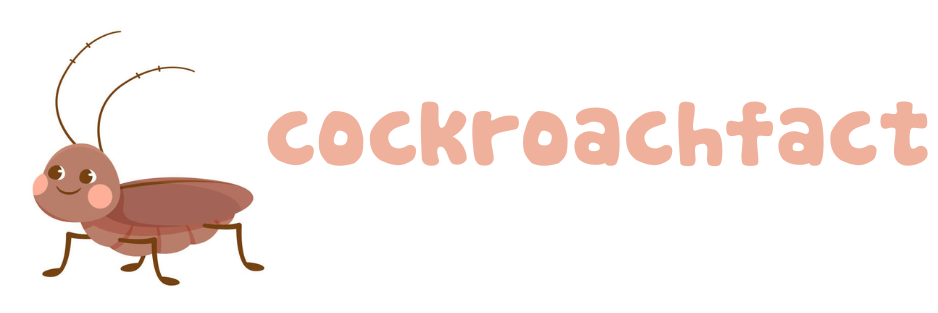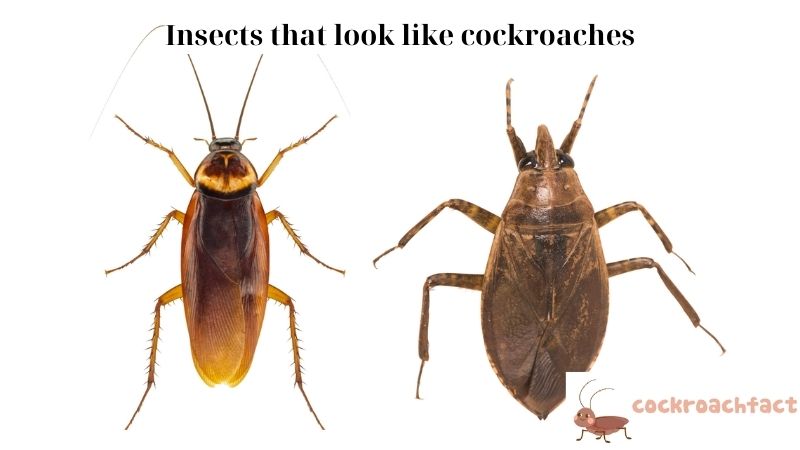Cockroaches are universally recognized for their distinct appearance and notorious reputation as household pests. With their flattened bodies, long antennae, and rapid scuttling movements, these insects often evoke feelings of revulsion and discomfort. However, what many people may not realize is that there are other insects that bear a striking resemblance to cockroaches, leading to confusion and misidentification. In this comprehensive guide, cockroachfact.com delve into the world of Insects that look like cockroaches, exploring their characteristics, habitats, and behaviors. By understanding the similarities and differences between these insects, readers will gain valuable insights into accurate insect identification and effective pest management strategies.
Characteristics of Cockroaches

Before delving into insects that resemble cockroaches, it’s essential to understand the key characteristics of cockroaches themselves. Cockroaches typically have elongated bodies with flattened shapes, allowing them to squeeze into tight spaces and navigate through cracks and crevices with ease. They are usually brown or dark in color, although some species may exhibit variations in coloration. Cockroaches are nocturnal creatures that thrive in warm, moist environments, making them common inhabitants of kitchens, bathrooms, and other areas of the home where food and water sources are plentiful.
Insects that look like cockroaches
Differentiating Between Cockroaches and Similar Insects
Despite their physical similarities, there are key differences between cockroaches and insects that resemble them. One distinguishing feature of cockroaches is their long, flexible antennae, which are typically longer than their bodies. Additionally, cockroaches have wings, although not all species are capable of flight. In contrast, insects such as wood cockroaches and beetles may have shorter antennae and different wing structures, which can help differentiate them from true cockroaches.
Importance of Correct Identification

Accurate identification of insects is crucial for effective pest management and control. Misidentifying insects can lead to ineffective treatment methods and wasted resources. For example, mistaking a harmless wood cockroach for a true cockroach may result in unnecessary pesticide applications and environmental damage. Proper identification allows homeowners and pest control professionals to implement targeted, environmentally friendly pest management strategies that address the specific needs of each insect species.
Insects that look like cockroaches Frequently Mistaken for Cockroaches
Several insect species are commonly mistaken for cockroaches due to their similar appearance. One such species is the wood cockroach, which is often found in wooded areas and may inadvertently enter homes in search of food and shelter. Wood cockroaches are generally harmless and do not infest indoor spaces like true cockroaches. Similarly, beetles such as the Asian long-horned beetle may be mistaken for cockroaches due to their similar size and shape, but they have different behaviors and ecological roles.
Prevention and Management Strategies

Preventing infestations of both cockroaches and cockroach-like insects involves implementing proactive measures to eliminate potential entry points and reduce attractants such as food crumbs and standing water. Sealing cracks and crevices, repairing leaky pipes, and practicing good sanitation habits can help deter insects from entering the home. In cases where infestations occur, targeted pest control measures such as baits, traps, and insecticides may be necessary to eliminate populations and prevent future outbreaks.
Mythbusting and Debunking Misconceptions
Misunderstandings and misconceptions about cockroaches and other insects abound, often leading to unwarranted fear and stigma. Cockroaches, in particular, bear the brunt of negative associations with filth and unsanitary conditions. However, it’s crucial to recognize that not all species of cockroaches are vectors of disease, nor are they solely indicative of poor hygiene. In fact, some species of cockroaches play valuable roles in ecosystems, contributing to nutrient recycling and serving as food sources for other organisms.
Debunking these myths and providing accurate information about cockroaches and other insects is essential for fostering a deeper understanding of their ecological significance. By dispelling misconceptions, we can cultivate a greater appreciation for the intricate roles that insects play in maintaining the balance of ecosystems. For instance, certain species of cockroaches aid in breaking down decaying organic matter, contributing to soil health and nutrient cycling. Others serve as pollinators or prey for larger animals, further highlighting their importance in the web of life.
Conclusion
In conclusion, understanding the diversity of insects that resemble cockroaches is essential for accurate identification and effective pest management. By familiarizing themselves with the characteristics and behaviors of these insects, homeowners and pest control professionals can make informed decisions and implement targeted control strategies that minimize environmental impact. With proper identification and proactive prevention measures, we can create healthier, more harmonious living environments for both humans and insects alike.


